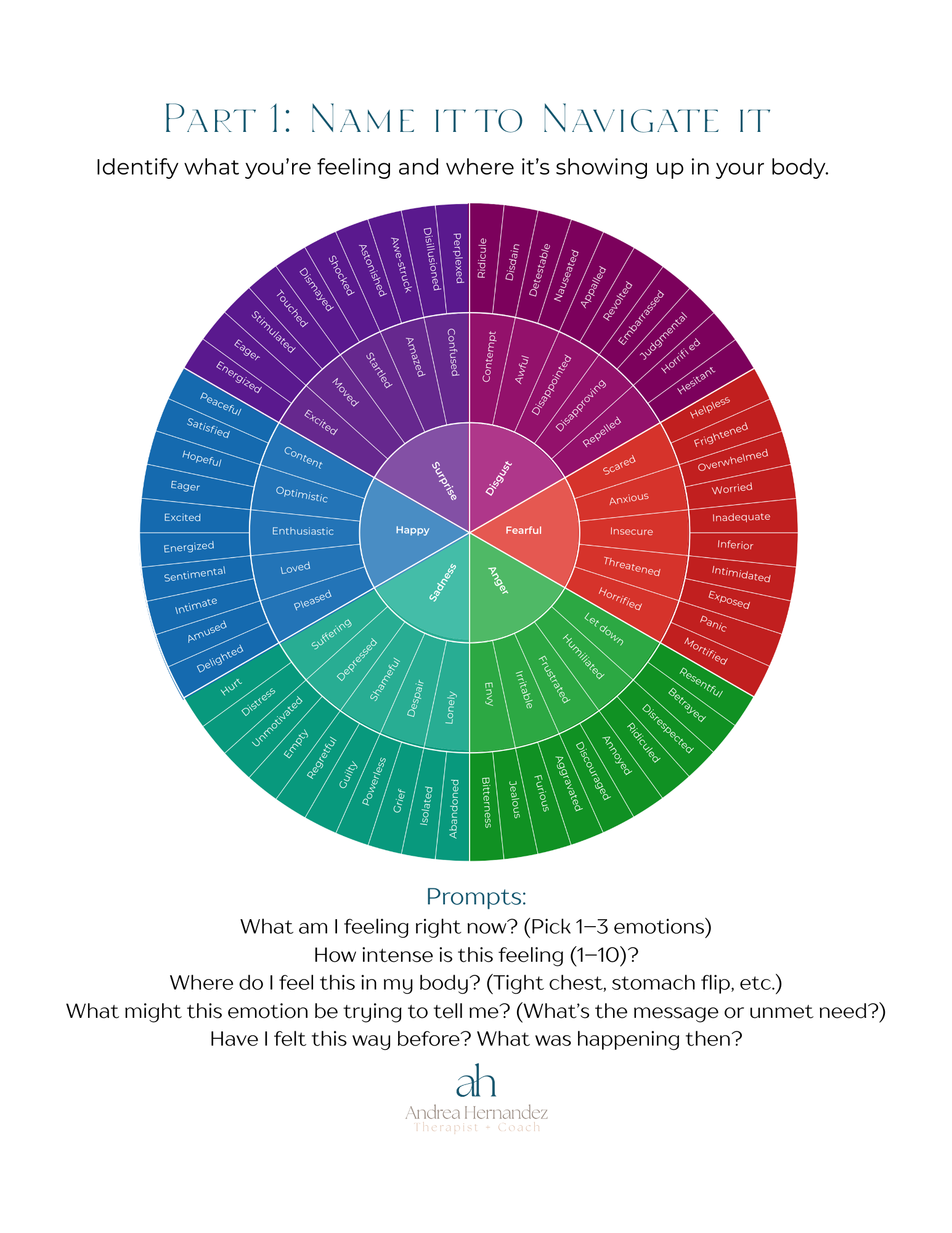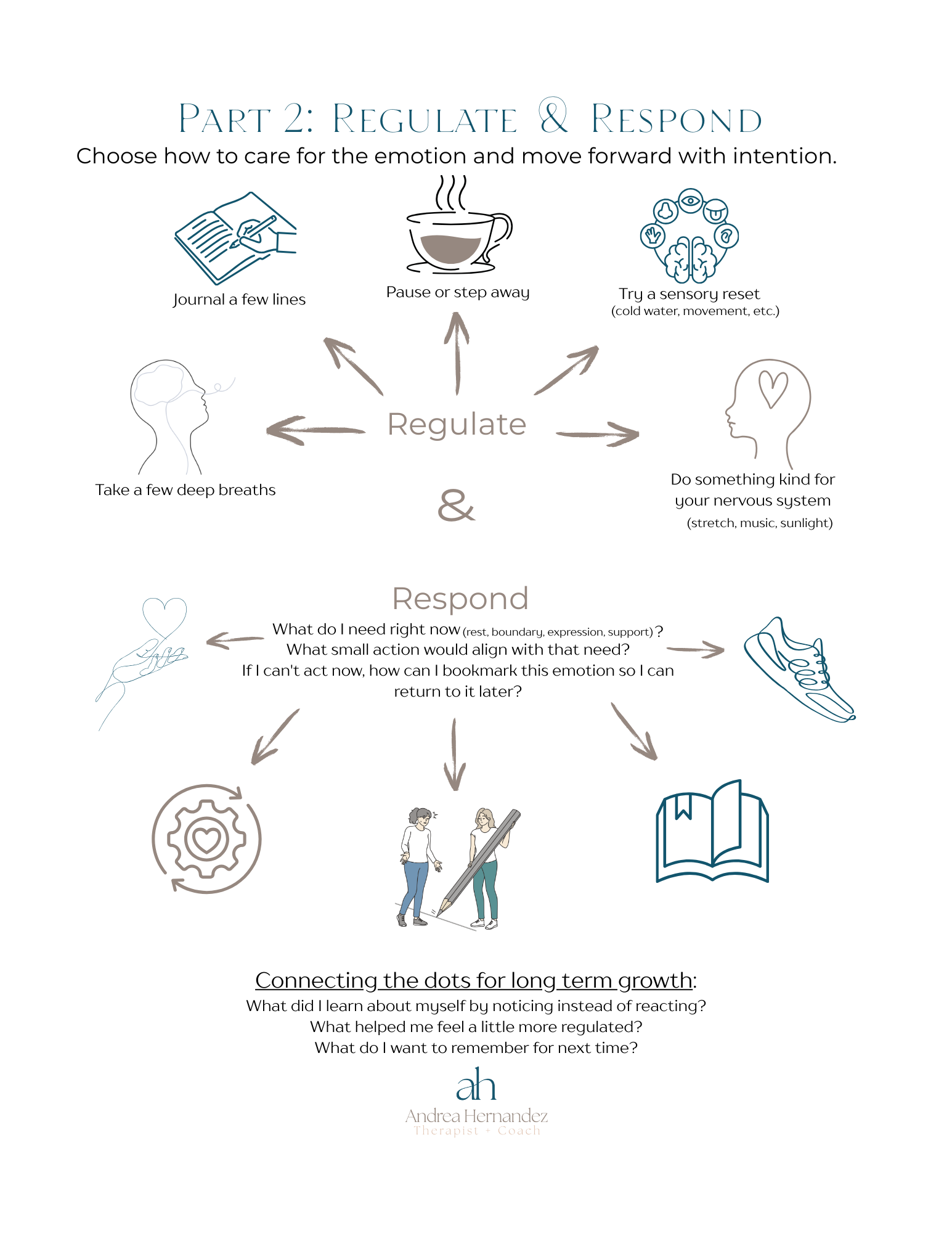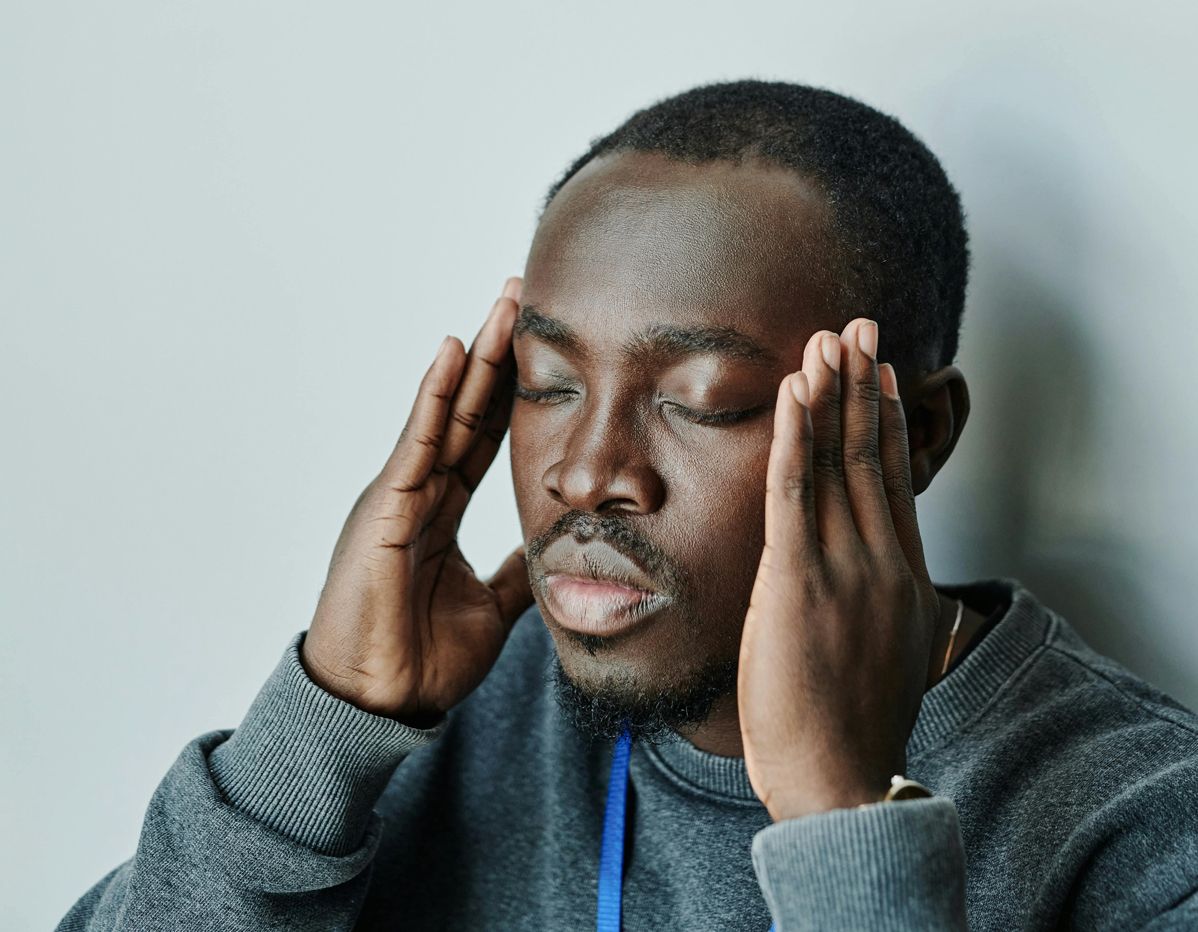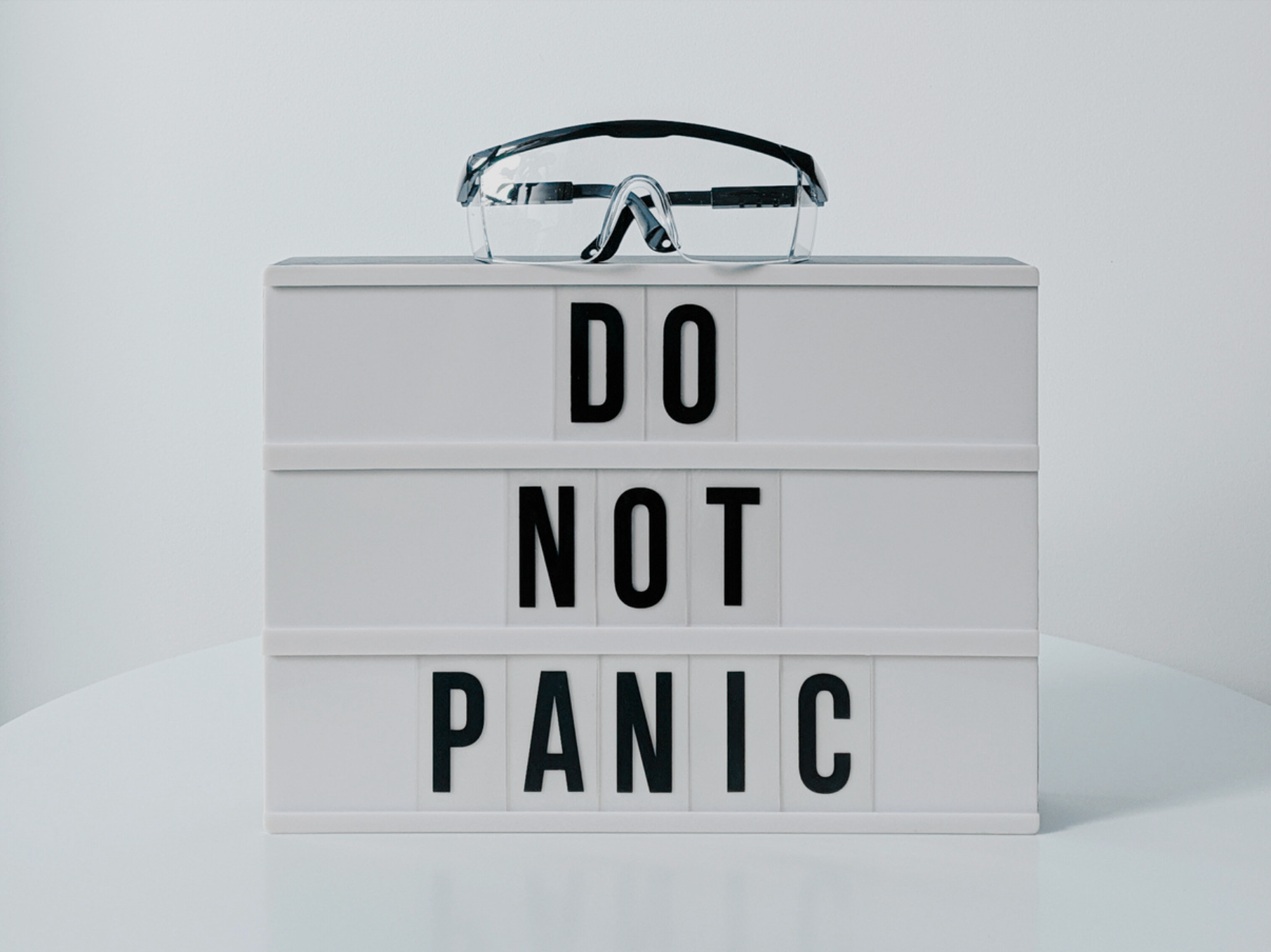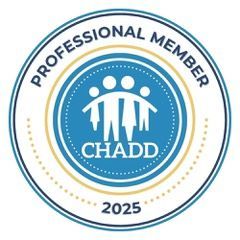Stress Reset Menu: 4 Quick Pathways to Move from Overwhelm to Grounded Resilience
Even the most resilient, highly skilled person can hit a wall of stress that exhausts their bandwidth. When life throws one challenge after another—tight deadlines, family crises, health scares—our nervous system can become chronically “primed” for overwhelm. We stay stuck in a stress cycle, oscillating between freeze, fight, or flight, and never quite getting back to calm.
That’s when a simple toolkit of quick resets becomes essential. Rather than waiting fora break in the action—or hoping that “things calm down”—you can reach for a strategy that brings your system back toward its optimal zone. Over time, having a suite of science-backed options helps you maintain steady resilience, so you can meet both the daily grind and the unexpected stressors with more ease.
Below, I’ll introduce the four categories from my Stress Reset Menu handout—plus why each matters, how to use it, and ideas for customizing your own go-to list.
1. Body-Based Resets: Move to Regulate
Why it matters: Movement is your fastest route out of stuck. When your nervous system is stuck in freeze or fight, even small physical actions can shift blood flow, jaw and shoulder tension, and stress hormones—letting your brain know it’s safe to release excess arousal.
How to use it:
- Go for a walk —even 2–3 minutes around the block (bonus: add a favorite song).
- Shake it out —wiggle your arms, legs, or whole body for 30 seconds.
- Quick calisthenics —10 squats, wall push-ups, or jumping jacks.
- Gentle stretching —focus on jaw, neck, and shoulders for 2–3 minutes.
Pro tip: Keep movement tools within arm’s reach—yoga mat by your desk, sneakers by the door, or a small space cleared for stretch breaks. When overwhelm strikes, “just do one squat” becomes a powerful refusal of inertia.
2. Sensory Resets: Engage Your Senses
Why it matters: Our nervous system relies on sensory input to gauge safety. Calming or grounding senses—touch, sight, sound, smell—can interrupt catastrophic thinking and anchor you in the present.
How to use it:
- Cold water on your hands or splash on your face
- Smell a scented candle or essential oil (lavender, bergamot)
- Listen to a favorite song or a nature soundscape
- Hold something textured —a smooth stone, soft fabric, or your pet
Pro tip: Create a “sensory kit” in your bag or workspace. A small vial of oil, a pocket stone, or noise-canceling earbuds can turn any moment into a mini reset.
3. Mindful Mini-Moments: Pause and Center
Why it matters: You don’t need a yoga retreat to practice mindfulness. Brief, intentional pauses interrupt runaway stress loops and invite your prefrontal cortex back online so you can think clearly.
How to use it:
- Box breathing —inhale for 4, hold 4, exhale 4, hold 4 (repeat once).
- 5–4–3–2–1 grounding —name 5 things you see, 4 you hear, 3 you feel, 2 you smell, 1 you taste.
- Visualize peace —picture a calm scene (beach, forest) for 30 seconds.
- Repeat a gentle mantra —“I’m safe,” “I can handle this,” or “A negative mind will never give me a positive life.”
Pro tip: Set a recurring phone reminder labeled “Pause” twice per day. Even 60 seconds of mindful check-in can prevent overwhelm from spiraling.
4. Connection & Co-Regulation: Reach Out
Why it matters: Humans are social creatures wired for co-regulation. Sharing even a brief moment of empathy—giving or receiving—can down-regulate stress hormones and remind your brain that you’re not alone.
How to use it:
- Voice-note a friend or coach with a quick check-in
- Sit with your pet or hug someone safe
- Ask for a 60-second call —“Can you just listen for a minute?”
- Read a comforting quote or poem that resonates
Pro tip: Identify a small list of “regulation partners”—people who know you well and can drop everything for a moment of co-regulation. Keep their contact info handy when youneed a quick reset.
Building Your Personal Stress Reset Menu
You don’t have to use every strategy every time. Instead, pick 2–3 favorites from each category and test them during low-stakes moments. Notice which ones land fastest and leave you feeling just a little more centered. Then add those to your core reset menu.
Remember: If you’re in a challenging life chapter—illness, transition, high-pressure work—your nervous system may stay primed longer. A deeper “tonic” practice (like daily yoga, therapy, or nature walks) can complement these quick resets. But having this on-the-fly toolkit keeps you afloat between the bigger supports.
Ready to Reset?
Feeling overwhelmed is not a personal failing—it’s a sign you’re human. But with the right tools at your fingertips, you can give your nervous system what it needs to stay in its window of tolerance : flexible, resilient, and ready for what comes next.
Download your free Stress Reset Menu handout to explore all the options, circle your favorites, and build a reset routine that fits your life. Because true resilience isn’t about never feeling stress—it’s about knowing how to move through it.
Want support?
If you’re noticing emotional overload, confusion, or relational stress on a daily basis, you're not alone. Whether through therapy or coaching, I help clients untangle these dynamics, reconnect with themselves, and move forward with clarity and self-trust.
Explore my
free resource library or
get in touch if you're ready to start untangling the overwhelm.
Please complete the form below to gain access to my handouts library.
